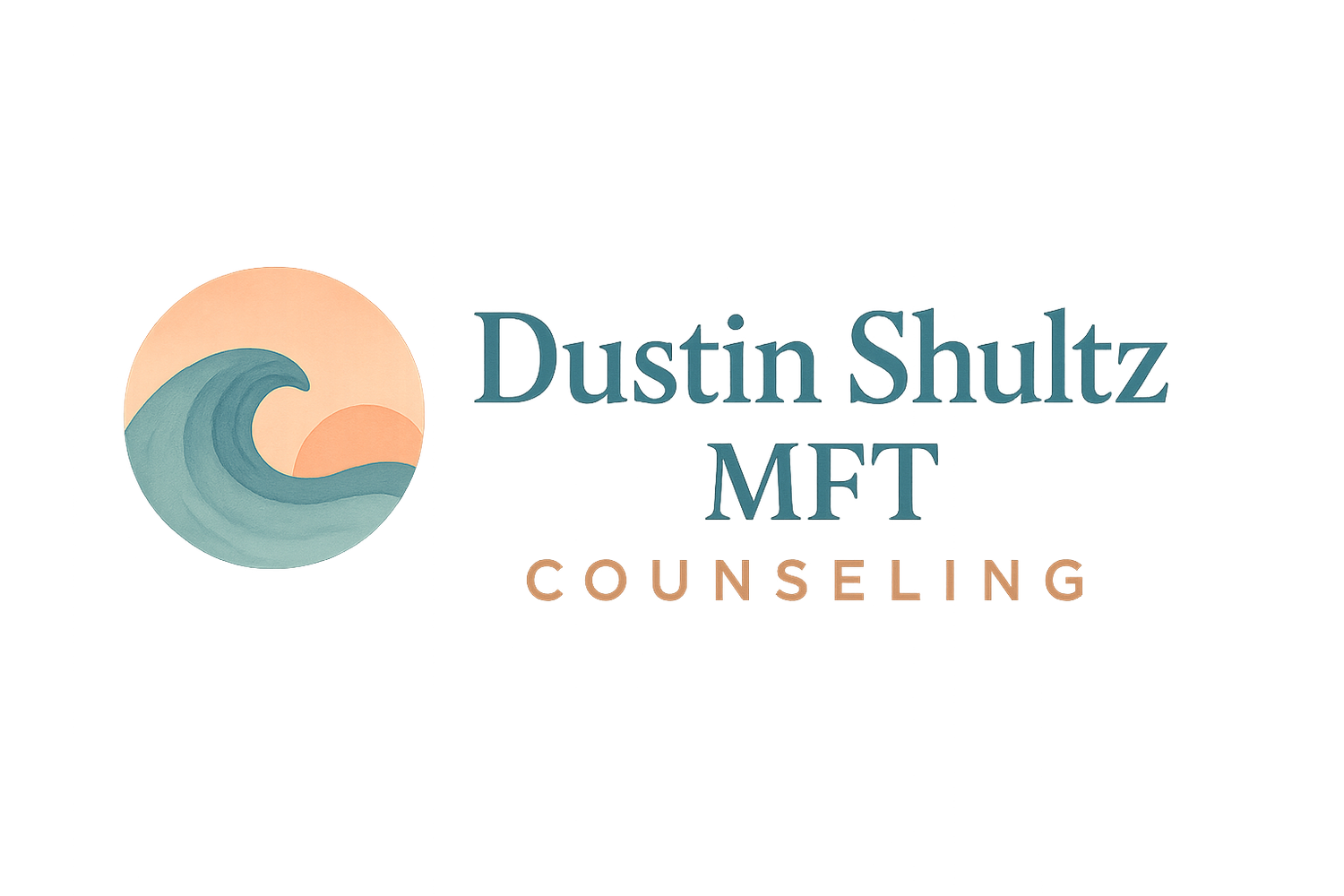The Illusion of Fireworks: A MFT's Take on the Meaning of Independence
/There’s a strange hollowness that can accompany holidays, especially the ones draped in symbols of triumph.
Every year on July 4th, we gather under exploding skies to celebrate our country’s independence. The rituals are familiar: red-white-and-blue paper plates, the smoky scent of barbecue, kids with sparklers, adults with beer. And, of course, the fireworks.
But what are we really celebrating?
From my perspective, the word “independence” doesn’t signal freedom in the way we often think. It’s not the clean severance, the heroic autonomy, the myth of the self-made individual. It’s something murkier. More painful. More intimate. And perhaps less celebratory than we’d like to admit.
Because real independence doesn’t come in a burst of light. It comes slowly, and with grief.
The Myth of Self-Mastery
Many of us are taught from a young age that independence is the goal. To not need, to not rely, to not feel beholden. We internalize the idea that the stronger I am, the less I need you. That to be free is to be disentangled. So we become high-functioning, high-achieving, self-contained… independent.
But in the therapy room, we often find that this “independence” is actually a defense, a shield against longing, vulnerability, dependency. Behind the self-sufficiency is often an ache. A child who learned that their needs were too much. A teen who couldn’t afford to rebel without losing safety. An adult who keeps everything and everyone together, all the while wondering why they feel so alone.
Dependence Is Not the Enemy
I want to invite us to reimagine dependence not as weakness, but as a necessary condition for growth. We never stop needing others, not as infants, not as adults. What changes is the way we relate to our need.
In therapy, independence is not an endpoint. It’s a process of differentiation that happens in the context of deep relationship. Not “I don’t need you,” but “I can be me while staying in connection with you.” That is a far more complicated kind of freedom. One that requires us to feel our dependency, to tolerate the anxiety of being known, to risk that our autonomy will not cost us love.
It is excruciating. And it is worth everything.
Legacy and Lineage
Then there’s the collective unconscious, the inherited emotional history we carry, especially in this country. Our national origin story is one of rebellion, conquest, and independence. But also one of disavowed trauma like colonization, genocide, slavery, and silenced grief. There is no true independence without reckoning. Without acknowledging who paid the price for our freedom.
For many clients, especially those from marginalized communities, July 4th doesn’t feel like a celebration. It feels like a rupture. A reminder of who was never invited into the dream. Therapy often becomes a space where people begin to untangle these intergenerational legacies, what it means to be “free” in a system that was never built for you. Or to carry the burden of ancestral survival while also trying to find space to rest, to soften, to become.
The Fireworks Inside
So maybe the question is not whether we feel proud or patriotic. Maybe the better question is: Where am I still trying to become free?
What internal colonizers still rule my psyche? What parts of me have been silenced, enslaved, exiled? Where have I declared independence prematurely, cutting off connection, numbing emotion, dissociating from need, in the name of “strength”?
And what would it mean, truly, to come home to myself?
Because sometimes, the path to freedom is not a declaration. It’s a quiet, painstaking journey back to the parts of us we left behind in order to survive.
This Independence Day, if the fireworks feel too loud, too bright, too performative, that’s okay. You’re not ungrateful. You might just be in touch with a deeper truth, that real liberation is internal. Slow. Messy. Full of contradiction. And absolutely worth the fight.
Even if no one’s watching.
Even if there are no fireworks.



